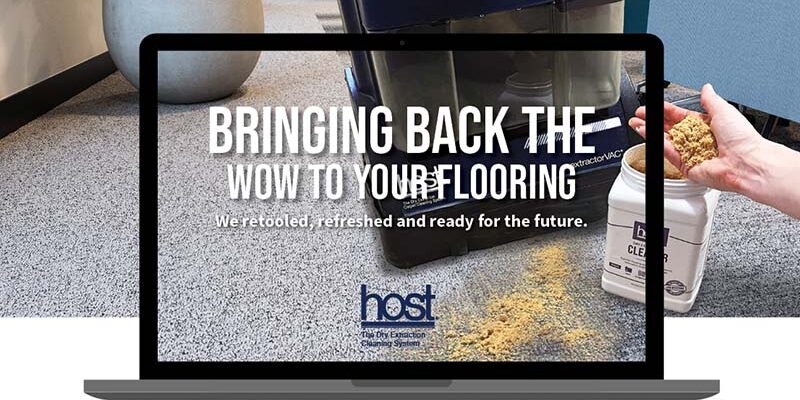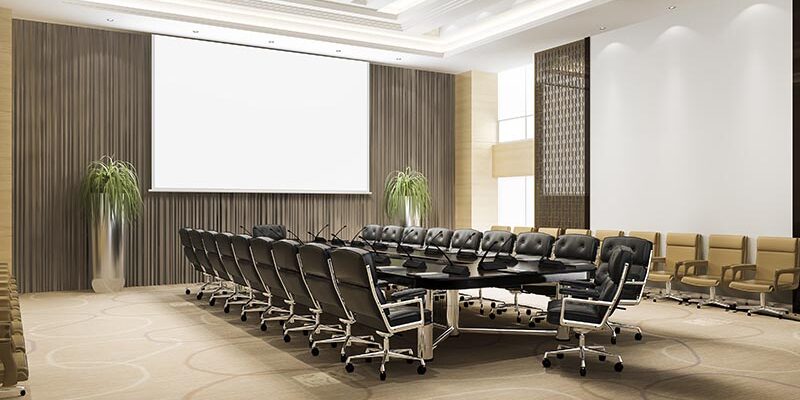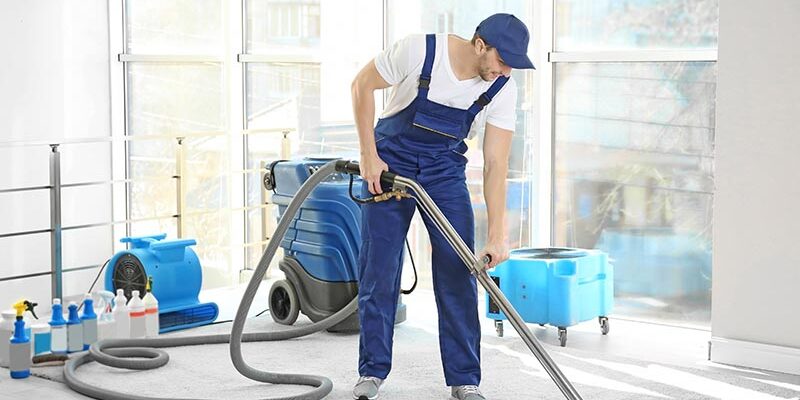Do You Read Me Now: Correct Drying Technology Usage

By Dan Mesenburg
Today’s restoration technicians need to use several technologies as they tackle water losses, from simple to complex in nature. It is important that there is a complete understanding of the drying technology used and its capabilities or limitations.
Let us start by looking at the purpose of a few resources and follow up with some best practices. Most people in the industry have a moisture sensor, various moisture meters, a thermo-hygrometer, and a thermal imaging camera in their toolbox. Each has a necessary function.
Moisture sensors
The moisture sensor is used to simply provide a “yes” or “no” answer to the question, “Is this material wet?” It cannot read quantity, does not give a scale, and is the simplest of instruments we use. Just because it beeps faster or has a light that flashes quicker does not necessarily mean there is more moisture present. Generally, we recognize this as a tool for reading moisture in carpet and pad.
Moisture meters
Moisture meters take some of the basics of the moisture sensor and add the ability to measure the amount of moisture in a material. Two reading options that are common are the Wood Moisture Equivalent (WME) reading, which uses invasive or penetrating pins, and the Relative (REL) reading, which uses non-invasive radio frequencies.
WME
Wood Moisture Equivalent is a reading of a material using wood-calibrated moisture meters on non-wood materials. This should not be read as the moisture content of the material. This reading is taken by inserting the pins of the meter into the surface of the material and documenting the reading. Typically, the scale is 0-100, listed as a percentage WME.
REL
Relative readings are taken by properly holding the meter against the surface of the wet material and documenting a reading from the relative scale of 1-100, 0-300, 0-999, or others. This number should not be converted to percent moisture content and should remain as read. For instance, a reading of 78 on a scale of 0-100 does not become 78% and a reading of 656 on a scale of 0-999 does not become 65.6%.
It is important to know that over the past few years, new non-invasive meters calibrated for wood have been introduced to our industry. Upon calibrating the dial for the type of wood, the meter will then read the percent moisture content for the wood type selected. This number can then be documented as percent moisture content.
A final word on moisture meters involves dry standard and drying goals. It is best, whenever possible, to obtain your dry standard on unaffected like materials in the same building. Do not use “canned” dry standards for materials. Also use the same meters in the same locations each visit. This will eliminate the variability of readings due to differences between meters, even if they are from the same manufacturer.
Thermo-hygrometers
Thermo-hygrometers measure air temperature and relative humidity. From these values, a computer chip in the meter calculates other psychrometric readings like grains per pound (GPP), vapor pressure, and dew point. Typical readings within a structure are affected air, unaffected air, dehumidifier output, the HVAC system, and outdoor air. Each meter has limits on the upper and lower temperatures and relative humidity that it will read, so check the specifications in the owner’s manual.
Thermal imaging cameras
Thermal imaging cameras continue to be more readily available at a lower investment than even five years ago. These cameras detect thousands of temperature points across a surface and provide the user a picture of those temperatures.
It is important to note that the biggest misconception new users have of thermal imaging is they tell what is wet. That is incorrect! Remember they tell us the temperature of the materials, and those that show cooler could indicate evaporation is present and the material is wet.
The best plan for restorers is to obtain knowledge of psychrometrics from the IICRC S500 and IICRC certification classes. This will assist restorers in better understanding the relationship between temperature and evaporation. Training on thermal imaging also is a good idea, allowing technicians to expand their ability to properly use this tool.
Better drying with more knowledge
The final step for using all these tools on losses is to develop best practices. Here are a few items to consider when using the technology available:
- Read the manual to understand:
- The high- and low-temperature and humidity ranges
- The depth pins or radio frequencies are expected to penetrate material
- The readings given and what they mean (degrees, REL, WME, etc.)
- The proper use to obtain accurate readings.
- Train your technicians on proper use when new, as well as annually, at a minimum.
- Understand the opportunities for false readings on each technology type.
- Understand the limitations (depth into material, environment, etc.).
- Change the batteries often or have spare batteries available always.
Understanding the technology in our industry allows the restorer to provide a professional and well-documented summary of drying the loss. This will not only provide for a happy customer, but it also will provide protection from liability later and the satisfaction of a job done well.
Dan Mesenburg has been in the cleaning and restoration industry for over 22 years. He is a past IICRC board director, IICRC approved instructor, and WRT technical advisory committee chair. He and his wife own a ServiceMaster Restore franchise, and he serves as the regional training manager for a ServiceMaster distributor in the Midwest.












